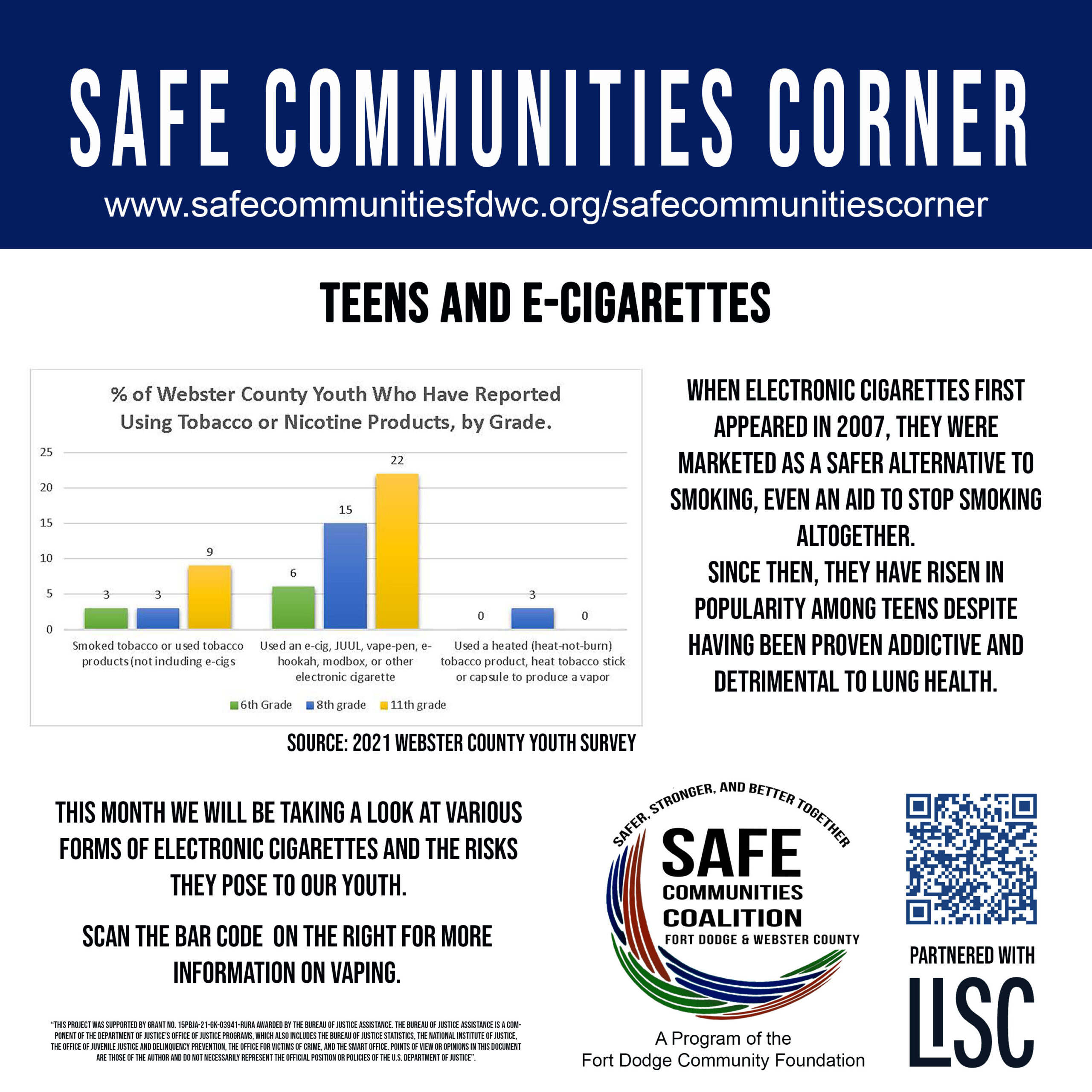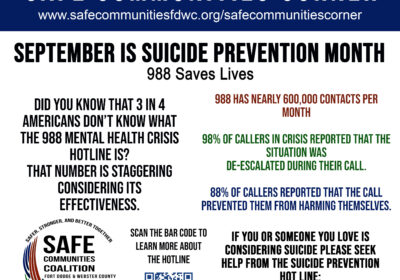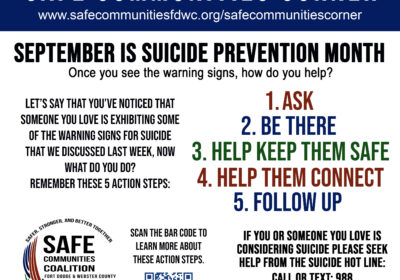Step back, even as early as the 70’s, and there was a time when Joe Camel, the Marlboro Man, and many “doctors” assured us that smoking was not only cool, it was a safe and effective way to relieve stress. We all know now that we were grossly misinformed. Lung cancer became the leading cause of cancer deaths and the message had to change. Government regulations and a campaign against nicotine addiction made an attempt to reclaim the health of America. By the 1990’s, the incidence and mortality rates of lung cancer had largely declined.
Enter e-cigarettes. Initially, electronic cigarettes were introduced as a safer alternative to its traditional counterpart. It was even marketed as a way to stop smoking completely. If that was actually the case, the smoke shops we’ve seen springing up all over the country would have the worst business plan ever. Unfortunately, their business plan is alive and well, nicotine dependency has risen again, this time among a new generation. While we may not have Joe Camel or the rugged Marlboro Man, what we do have are brightly colored, fun, and seemingly harmless devices filled with nicotine juice disguised as cotton candy, blue raspberry, and strawberry banana. Its packaging has been strategically geared toward teens so it should come as no surprise that it is estimated that the average age of a first time vape user is between 13 and 14 years old.
What makes it more devastating is that the vice is easier to hide. Cigarette smoke is unmistakable and virtually impossible to mask, the vape scents are subtle and could be mistaken for just about anything sweet that a teen might ingest. It’s estimated that 70% of parents know if their children smoke cigarettes, but less than 40% of parents know that their children vape.
These devices have changed the face of addiction but the message cannot change, nicotine addiction is real and has lasting health implications. Parents need to be vigilant and educated. Join us next week as we take a look at what the various types of e-cigs look like.



